The Magic of San Juan in Spain
Around the time of the summer solstice, Spain gears up for one of its most vibrant celebrations – the night of San Juan. This annual festival, steeped in tradition and excitement, is all about welcoming summer with open arms, gatherings and festivities, and of course bonfires. Let’s dive into what makes this night so special and explore how it stands out from other fire festivals in Spain
The Night of June 23rd: A Celebration of Summer and Saint John the Baptist
San Juan, celebrated on the night of June 23rd,it is celebrated around the shortest night of the year and a significant date in the Spanish calendar. It’s a night where beaches transform into lively hubs of activity, filled with people ready to enjoy the festivities. Friends and families come together to light bonfires, share food and drinks together. The atmosphere is electric, filled with laughter, music, and the flickering glow of flames.
One of the most thrilling traditions of San Juan is jumping over the bonfires. This act, believed to bring good luck and purification, is a test of bravery and a rite of passage for many. As the flames dance under the night sky, each leap signifies a fresh start, shedding the past and welcoming the new season with renewed energy. Just be careful the emergency room does see a rise in activity on the night of San Juan!

Las Hogueras de San Juan: Alicante’s Grand Fire Festival
While San Juan is celebrated nationwide, Alicante takes it to another level with Las Hogueras de San Juan (The Bonfires of Saint John). This grand festival is not just about bonfires; it’s a spectacular showcase of artistry and tradition.
In Alicante, massive bonfires and elaborate figures made of wood and cardboard, known as ‘hogueras,’ are the stars of the show. These impressive structures are crafted with great skill and creativity. They depict satirical themes or local stories. On the night of June 23rd, these ‘hogueras’ are set ablaze, creating a breathtaking spectacle of fire and light.
Adding to the grandeur is the selection of the festival’s queen, a role filled with pride and honor. The queen, chosen before the festival begins, plays a central part in the celebrations, embodying the spirit of San Juan and its rich cultural heritage. A firework display usually takes centre stage also!
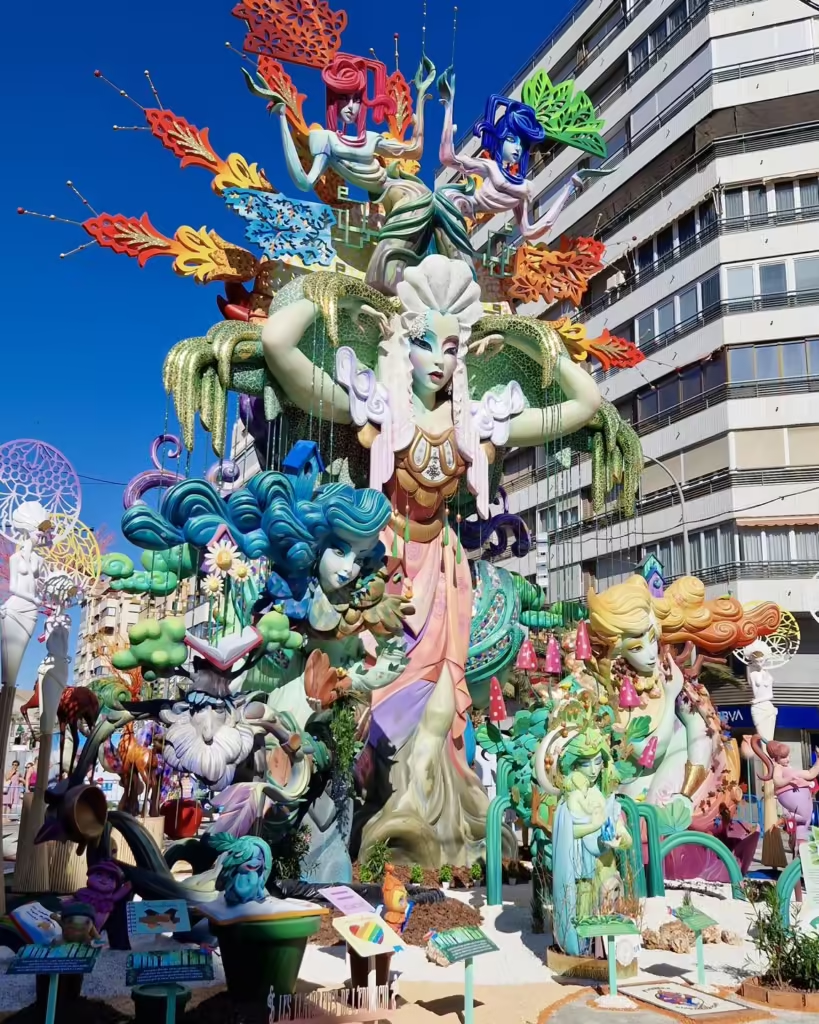
Comparing Las Hogueras to Las Fallas
It’s easy to confuse Las Hogueras de San Juan with another famous Spanish fire festival, Las Fallas, held in Valencia in March. Although take care not to confuse them with people from Alicante and Valencia! While both festivals involve fire and artistic displays, they are distinct events with unique characteristics.
Las Fallas, celebrated from March 15th to 19th, features large, satirical sculptures called ‘ninots’ made of wood, cardboard, and papier-mâché. These ninots, often humorous and elaborate, are displayed in the streets before being burned on the night of March 19th. The burning of the ninots symbolizes a farewell to winter and a cleansing of the past.
In contrast, Las Hogueras de San Juan is specifically linked to the summer solstice and the feast day of Saint John the Baptist. The focus is on welcoming summer, and the bonfires and figures reflect this theme. While both festivals celebrate through fire and community, their timing and symbolism set them apart.

San Juan: A Night of Magic and Tradition
San Juan is more than just a festival; it’s a night of magic, tradition, and community. Whether you’re jumping over a bonfire for good luck, marveling at the grand hogueras in Alicante, or simply enjoying the company of friends and family on the beach, the night of June 23rd is a celebration of life’s warmth and the joy of new beginnings.
So, if you ever find yourself in Spain on this magical night, don’t miss the chance to join in the festivities. Embrace the fire, the fun, and the spirit of San Juan in Spain, and create memories that will last a lifetime.
Have you ever experienced the fiesta of San Juan in Spain? Let us know in the comments…
Main image: Pexels/Sam Jotham Sutharson
Share this content:
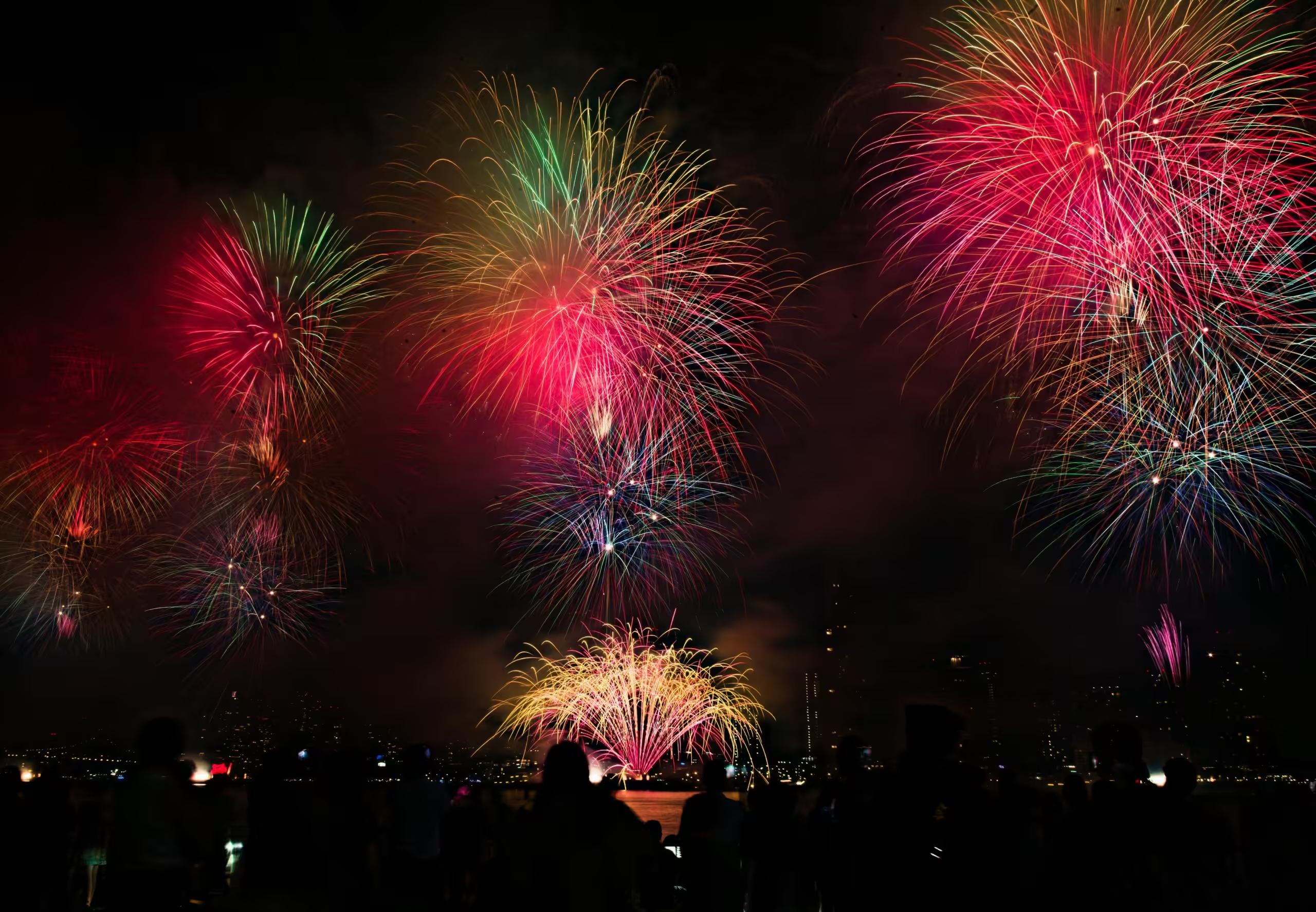
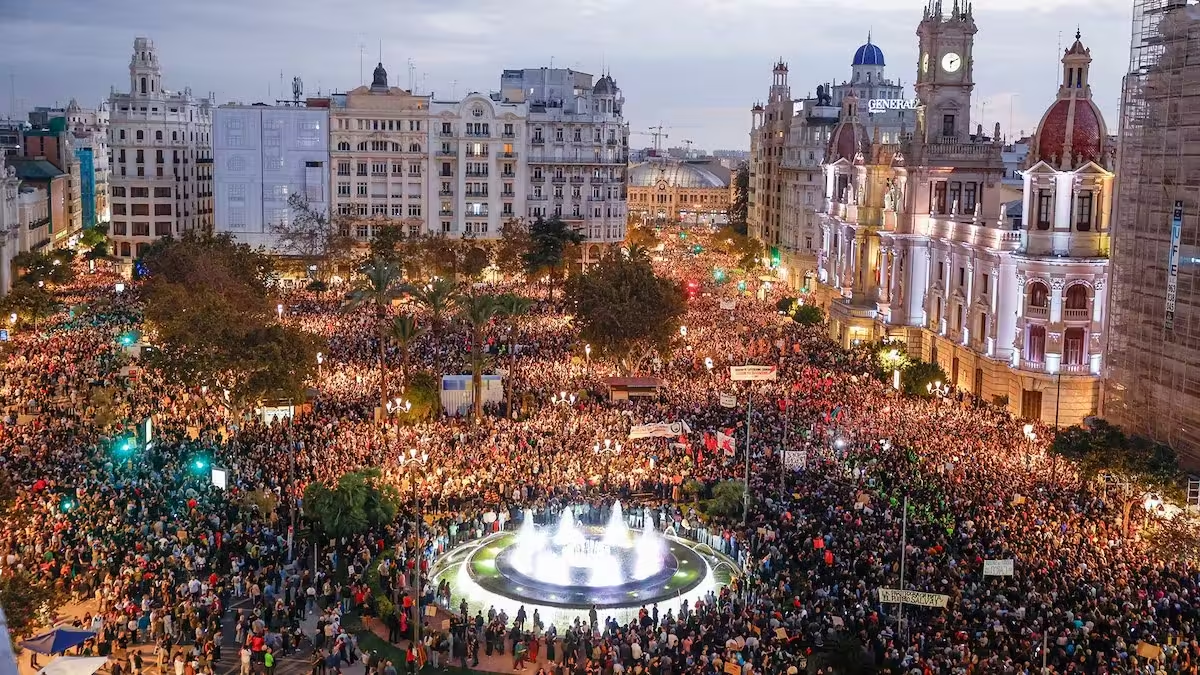
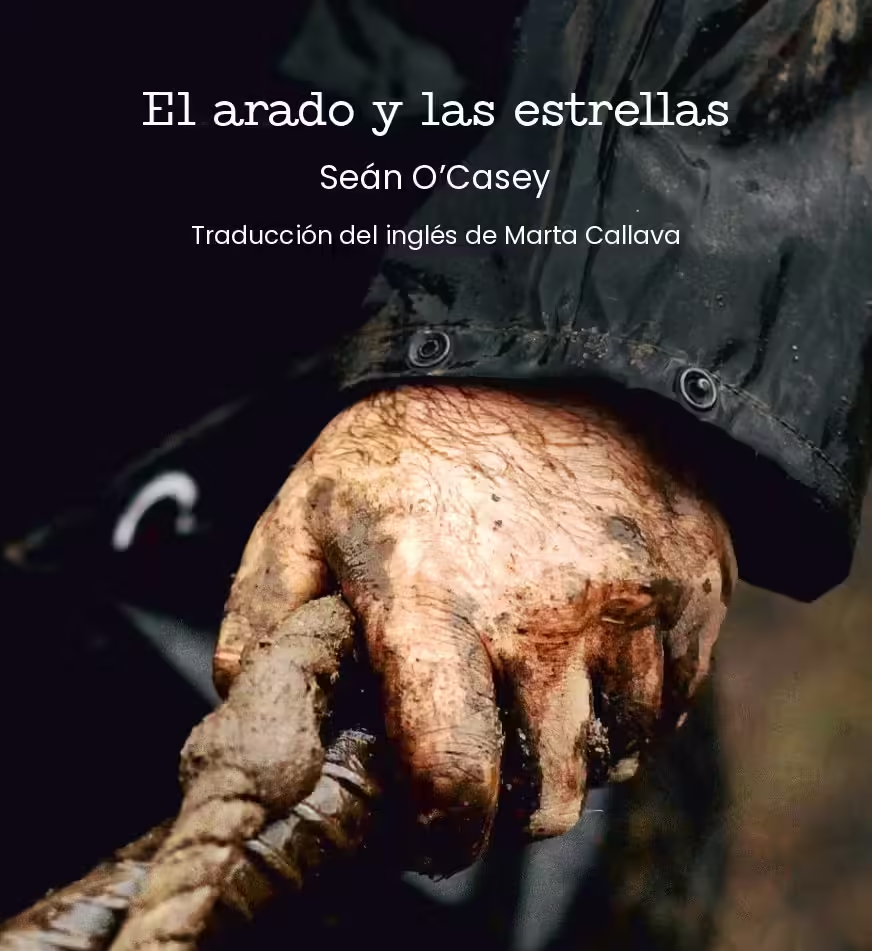
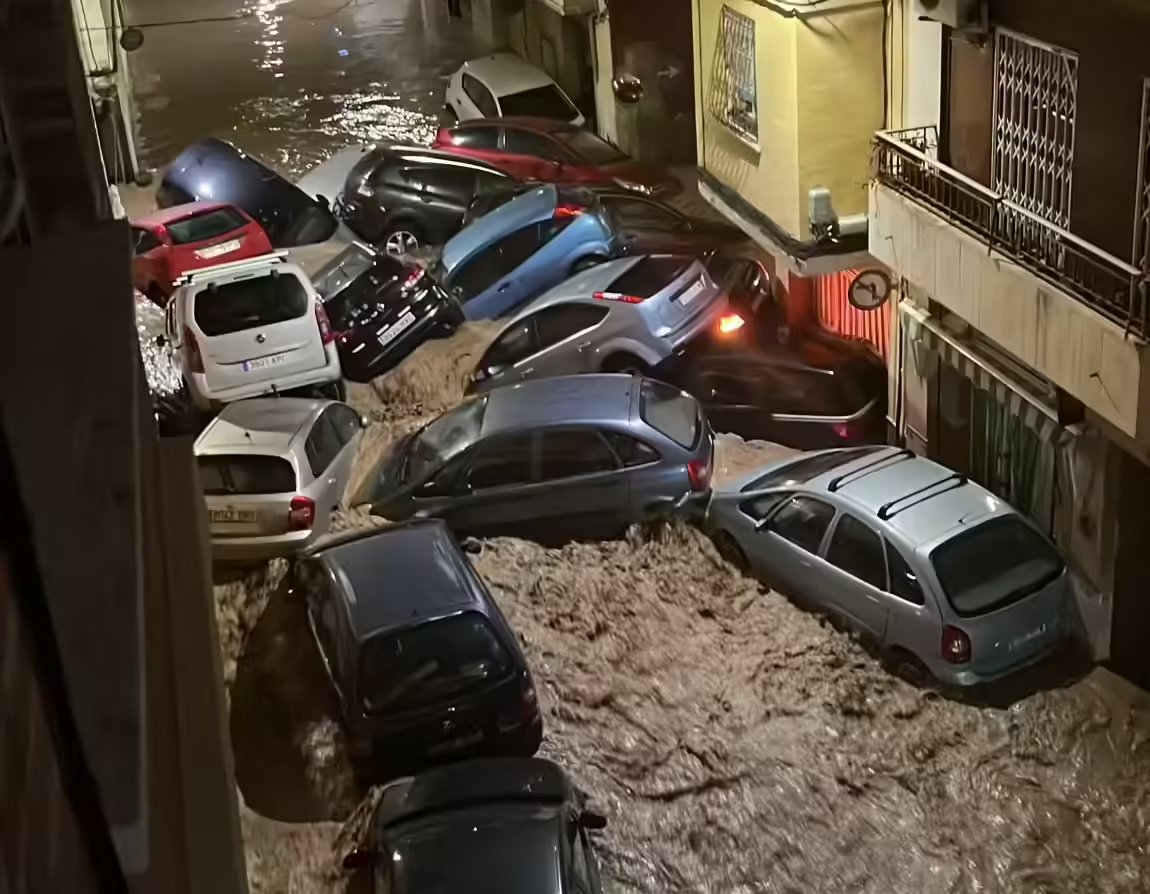
1 comment